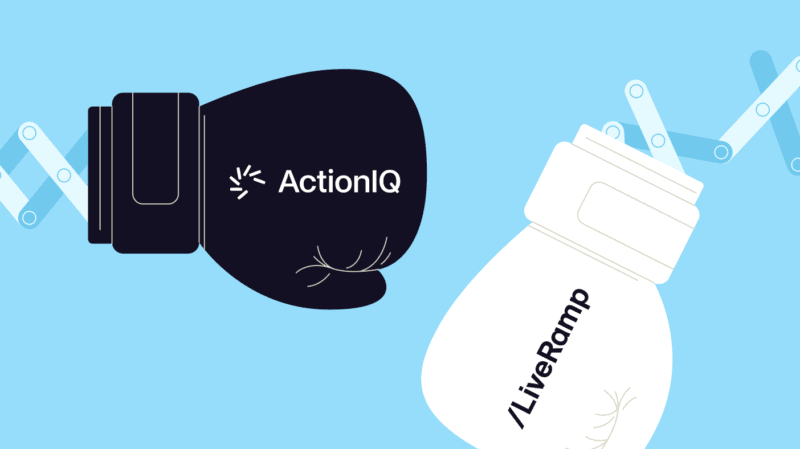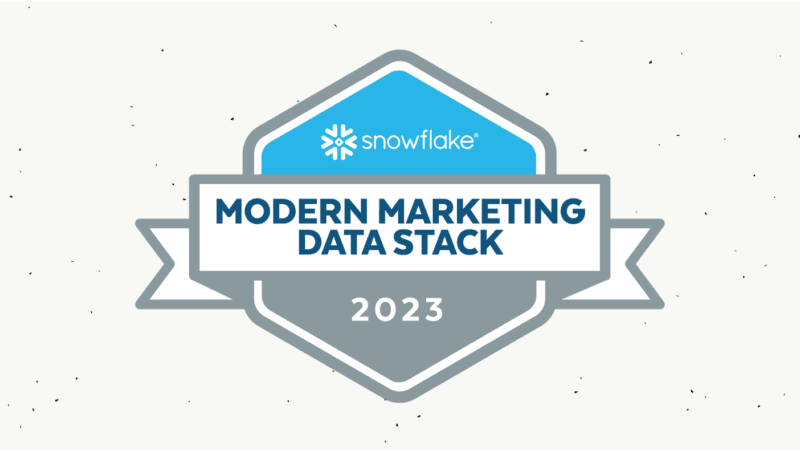Hypersegmentation Marketing: Building a Strategy for B2B

You may know hypersegmentation marketing by another name — hyper-targeting, one-to-one marketing or personalization at scale.
No matter what you call it, the general idea behind hypersegmentation is the same: Getting as granular as possible with how you segment your audiences.
Why should brands care? Because personalized, highly relevant customer experiences drive better business outcomes.
Segmentation is nothing new — it’s long allowed brands to create content and customer journeys that are more impactful for specific audiences. But new technologies have made it possible to collect, analyze and take action on a wider and deeper range of customer data. Organizations can now go well beyond the basics to increase revenue, reduce churn and build brand loyalty.
Of course, if it was that easy, every brand would already be doing it. Achieving hypersegmentation at scale is difficult without the right solution and strategy in place, especially for business-to-business (B2B) brands.
Read on to learn the ins and outs of hypersegmentation marketing, the obstacles B2B brands must overcome and tips for building your own hypersegmented audience strategy.
See how Autodesk achieves a more holistic customer view that eliminates siloed experiences in the video below:
Hypersegmentation Marketing: Building a Strategy for B2B
Going From Macro to Micro With Your Segmentation Strategy
Traditional segmentation — sometimes referred to as macrosegmentation — involves grouping prospects and customers into segments based on standard persona information, such as account type, industry and geography.
And while this can certainly help brands personalize customer experiences to a degree, it leaves much to be desired in a world where B2B buyers expect business-to-consumer-like experiences.
More and more, microsegmentation has become the norm. Data points from websites, applications and other digital channels allow organizations to refine their audience segments based on purchase history, product usage and more.
This has also made segmentation more complex. Drilling down past basic persona information requires more resources. The more granular you get, the more time is spent building and managing new segments.
And now we’ve reached the age of hypersegmentation — serving up content, recommendations, promotions and more that are tailored to buyers across channels in real time based on their full customer profiles.
Check out the video below to hear how M&T Bank builds audience segments and orchestrates exceptional customer experiences:
Understanding B2B Segmentation Challenges
Hypersegmentation is difficult to pull off without the right tools and tactics.
Without direct, user-friendly access to the customer insights they need, marketing, sales and customer service teams will rely on broad segmentation parameters. The result? Missed opportunities to connect with consumers on a one-to-one level and provide them with the tailored experiences they crave (not to mention a failure to identify and engage the highest-value customers).
And B2B organizations aren’t just trying to connect with a single consumer — they’re often working to appeal to large buying committees that wind their way through lengthier and more complicated sales cycles. B2B business teams are often manually looking up each and every contact that comes into their funnel — a tedious and time-consuming process.
And that’s if they can get their hands on an account list at all. If account lists must be viewed across multiple dimensions — such as business unit or overall spend — speed to market will likely be slowed considerably.
Learn more about the benefits of leveraging the right marketing technology in the video below:
Building a B2B Hypersegmentation Strategy
Customer data is the heart of every hypersegmentation strategy — but you need the right technology to get to it, make sense of it and operationalize it.
With an enterprise customer data platform (CDP) in place, you can develop your hypersegmentation marketing strategy by:
Improving Data Accessibility
Business teams shouldn’t have to rely on IT departments to pull customer lists on their behalf. It slows down segmentation and takes valuable time away from an organization’s technical professionals.
Provide marketing, sales and customer service teams with a no-code user interface they can use to quickly define and analyze customer segments in minutes using all available customer data. Successful targeting requires more than stagnant messaging that’s tailored to generic personas.
Customer-facing teams need to be able to efficiently build and iterate on segments and take multiple dimensions and intent signals into account. This will empower teams to swiftly identify the most valuable audience segments and funnel them into tailored customer journeys to drive more qualified leads.
The results — including a 25% increase in marketer efficiency and 40% increase in data analyst efficiency — speak for themselves.
Leveraging AI-Driven Automation
Buyers with the highest customer lifetime value (CLTV) have something in common — and it’s not just a propensity for spending more.
Give business teams the ability to use machine learning-powered predictive models to create lookalike audiences based on high-CLTV audiences. This provides customer-facing teams with a powerful tool for zeroing in on the highest-value prospects based on the characteristics they share with existing customers. Teams can speed up sales cycles and reduce acquisition costs by informing customer engagement based on what’s worked best for similar audiences in the past — and achieve an 80% increase in conversion rates in the process.
Orchestrating Omnichannel Experiences
Creating a hypersegmented audience is only step one. To transform customer data from a cost center into a profit center, brands must enable business teams to activate audiences via sophisticated customer journeys and real-time customer experiences.
Empower customer-facing teams to automate detection, decisioning and action based on hypersegmented audiences. Only by providing the right engagement — based on the full customer profile and across all online and offline channels — can you extract business value from hypersegmentation.
Mastering omnichannel journey orchestration for segmented audiences not only cuts acquisition costs by as much as 50%, but increases CLTV by up to 25%.
With the right solution, hypersegmentation is possible for B2B brands. Get the tools you need to start testing, measuring and optimizing today.
Learn More About Improving Audience Segmentation
Download our B2B CDP solution sheet to learn more about optimizing audience segmentation. And contact one of our experts to see how the right tool can help you take your segmentation strategy to the next level.




